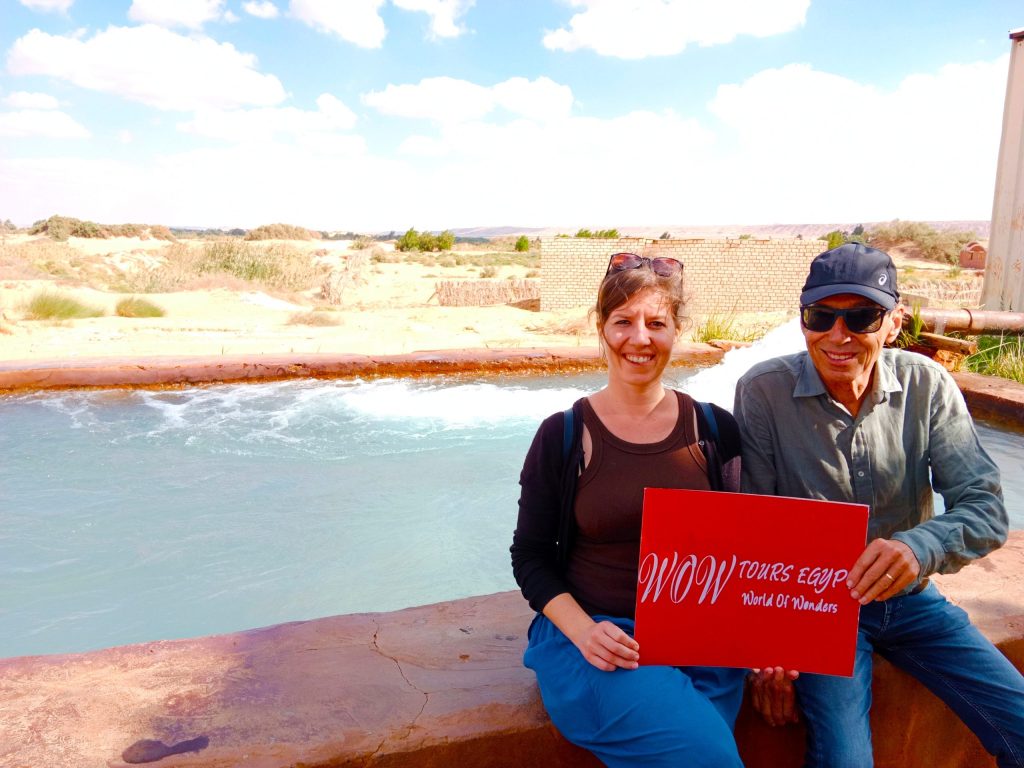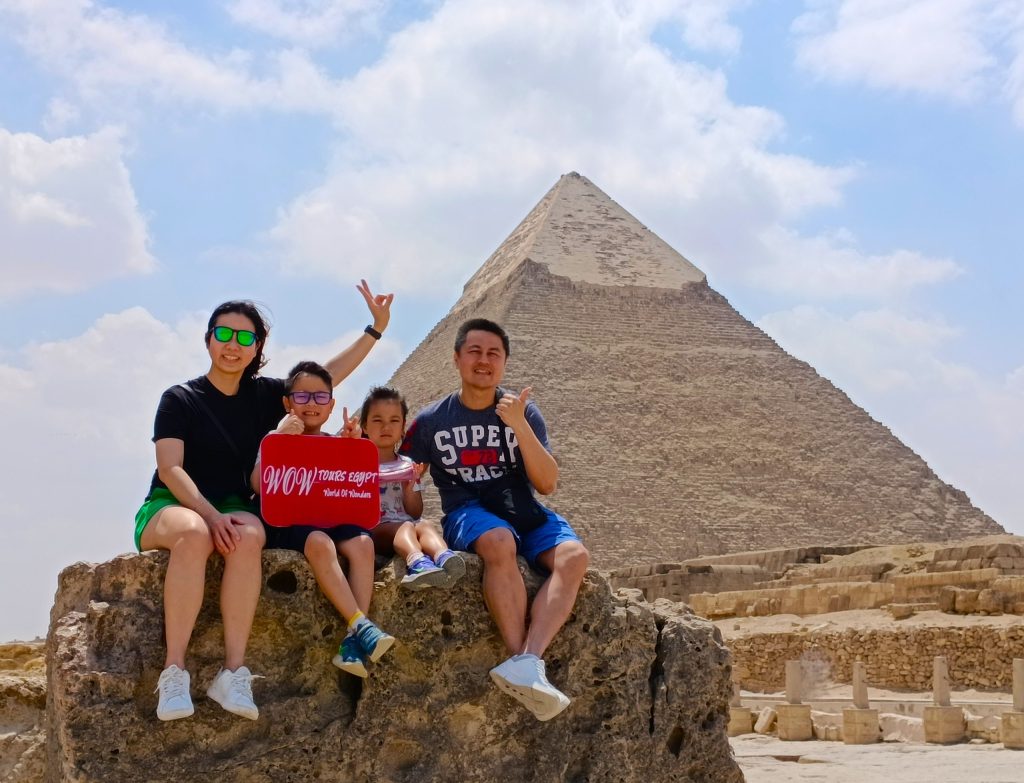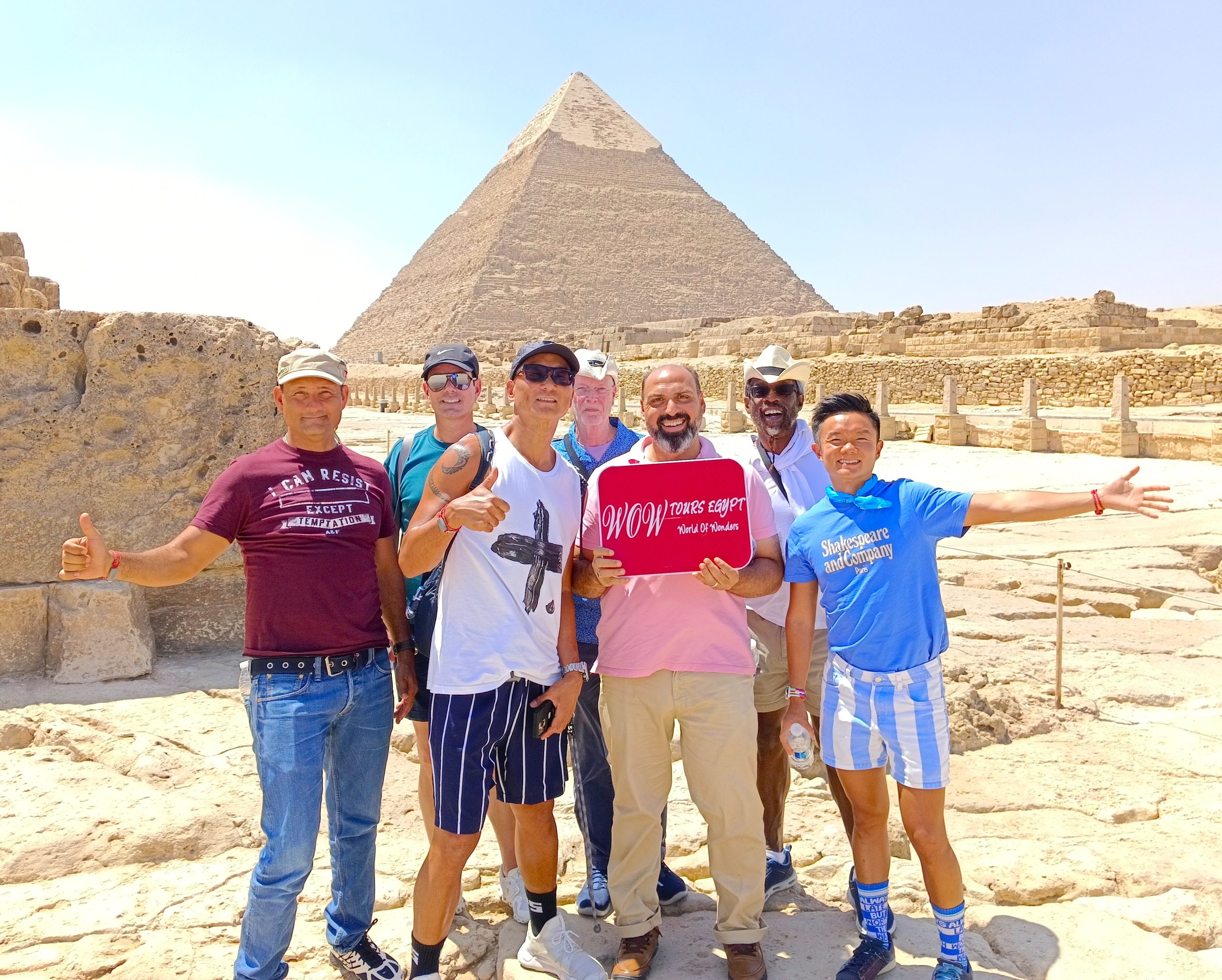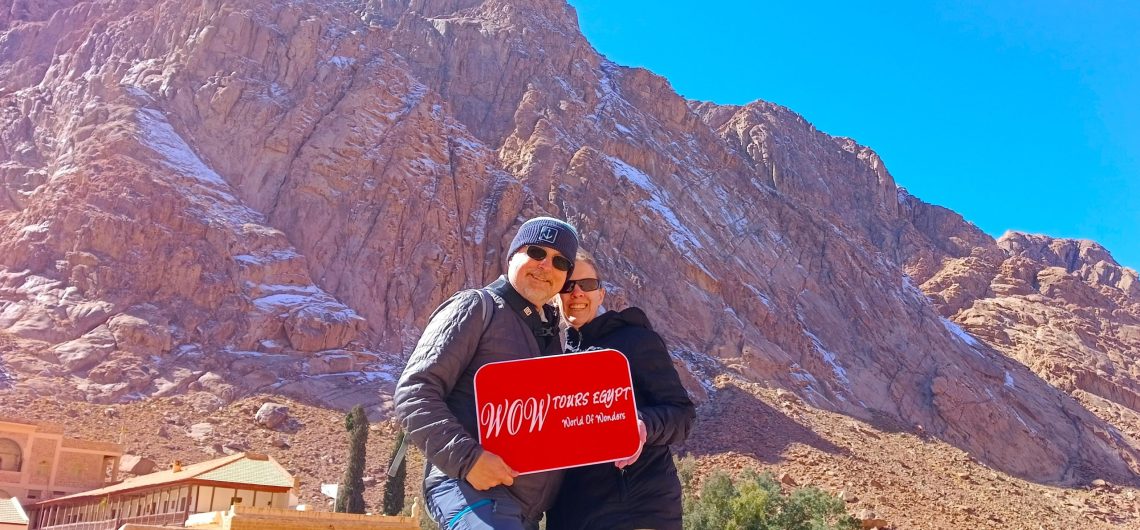The Bibliotheca Alexandrina, located in Alexandria, Egypt, is a modern marvel built to honor the legacy of the ancient Library of Alexandria, once the world’s most famous center of learning. Officially inaugurated in 2002, this impressive library serves as a hub for knowledge, culture, and innovation, attracting scholars, students, and tourists from around the world.
Historical Background
The original Library of Alexandria, established around the 3rd century BC, was one of the largest and most significant libraries of the ancient world. It housed hundreds of thousands of manuscripts and scrolls, representing the pinnacle of knowledge in literature, science, and philosophy. The modern Bibliotheca Alexandrina was built to revive this intellectual tradition, combining cutting-edge architecture with a mission to foster global education and cultural exchange.
Architectural Features
The Bibliotheca Alexandrina is renowned for its unique and futuristic design, created by Norwegian architectural firm Snøhetta. Key features include:
A massive tilted circular roof, symbolizing the rising sun and the light of knowledge
Walls engraved with characters from over 120 languages
Extensive reading rooms, conference centers, and specialized libraries
Museums, art galleries, and a planetarium to support cultural and educational programs
The combination of modern design with cultural symbolism makes the library not only a functional knowledge center but also a tourist attraction and architectural landmark.
Cultural and Educational Significance
The library hosts millions of books, manuscripts, and digital archives, making it a major educational resource in Egypt and the Middle East. It offers:
Specialized research centers
Public lectures, workshops, and exhibitions
International collaborations for scholars and students
Beyond its role as a library, the Bibliotheca Alexandrina functions as a museum, art gallery, and conference center, making it a multifaceted cultural destination.
Visiting Tips
Allocate at least 2–3 hours to explore the library and museums fully.
Take a guided tour to learn about the library’s architecture and history.
Visit the planetarium for interactive astronomy presentations.
Don’t miss the museums of manuscripts and rare books for a deep dive into global knowledge.
Conclusion
The Bibliotheca Alexandrina Egypt is a symbol of knowledge, culture, and innovation, bridging the past and present. Visiting this modern library allows travelers and scholars alike to connect with the intellectual legacy of ancient Alexandria while experiencing a state-of-the-art cultural hub.

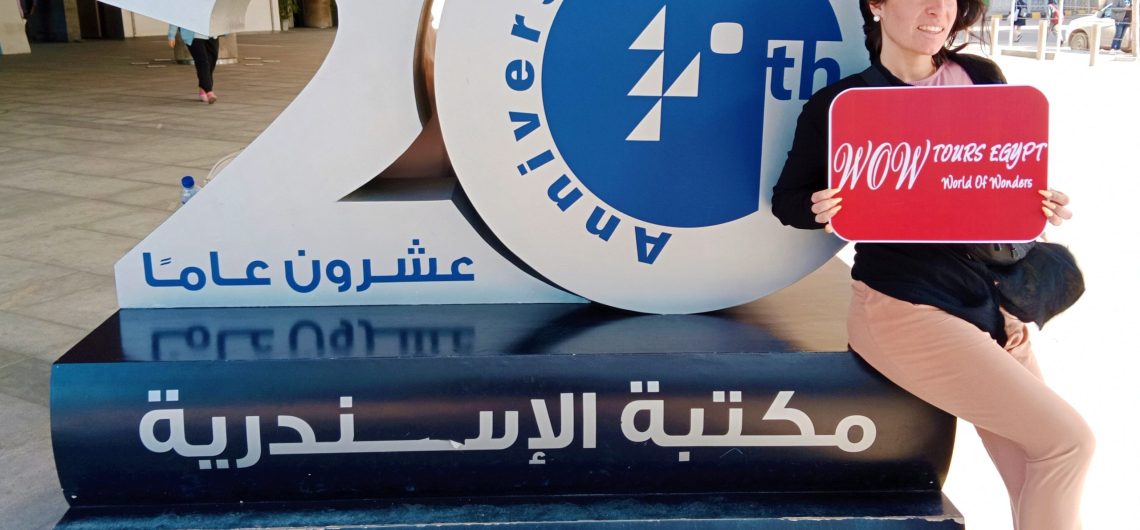



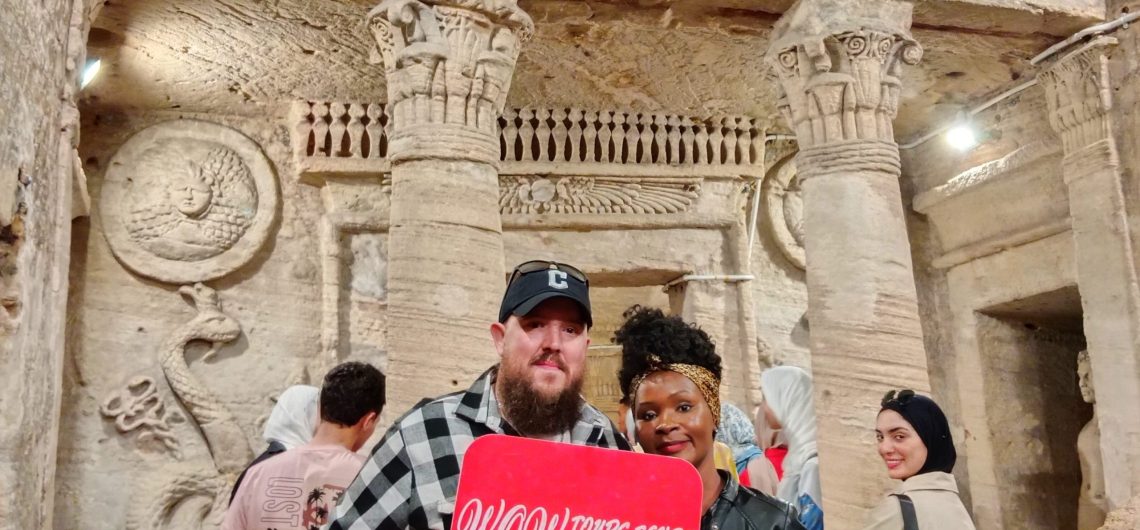
 Historical Background
Historical Background

